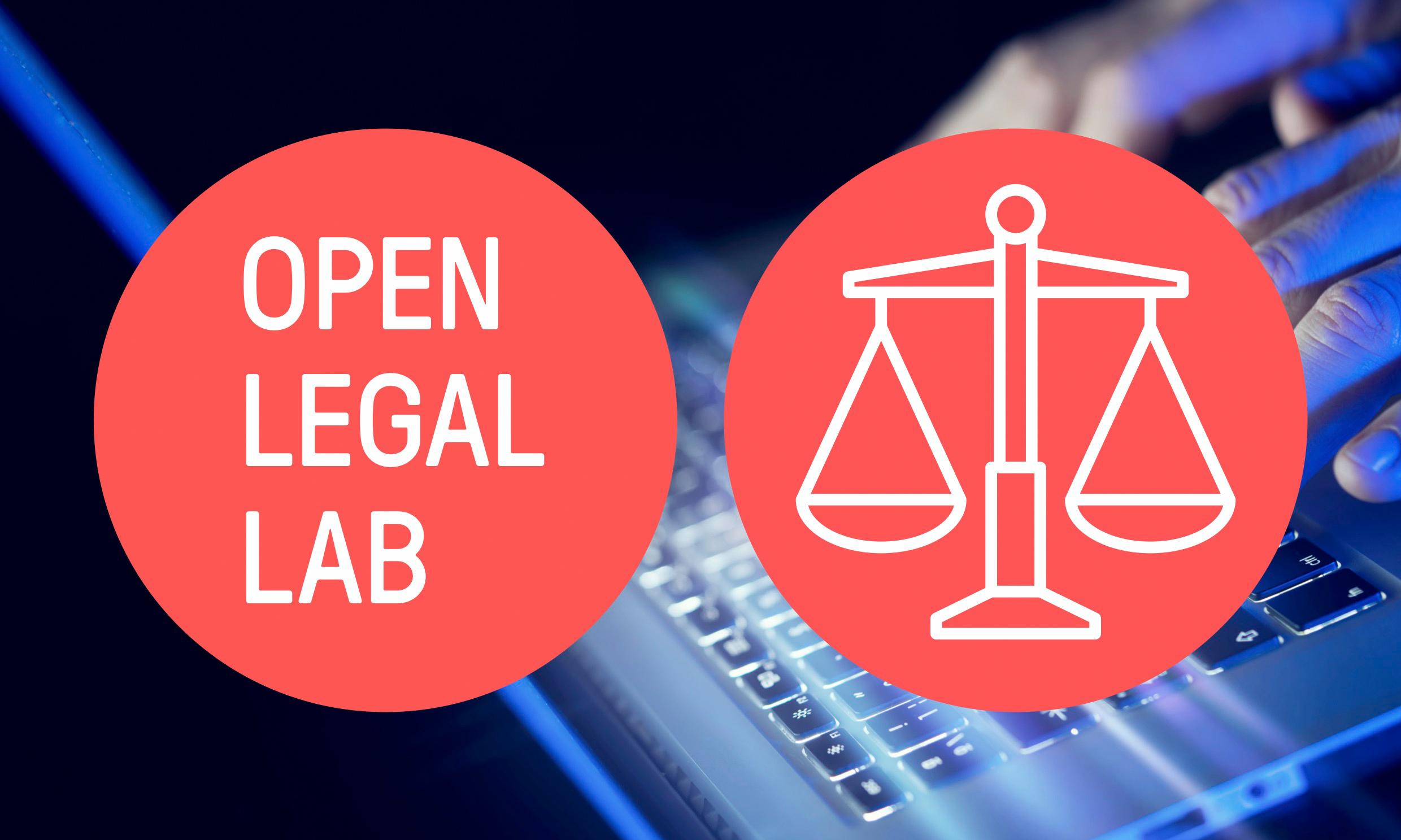Citation Analysis
Explore the network of citations in Federal Supreme Court judgments! 📚 With ready-to-use data, just add your ideas and shake!
Introduction
The judgments of the Swiss Federal Supreme Court (Bundesgericht/Tribunal fédéral/Tribunale federale/Tribunal federal) contain a vast universe of citations. These citations have a lot of unused potential: Citation analysis can make it easier to find appropriate precedents, trace the development of lines of jurisprudence or discover changes in case law.
The Swiss Federal Supreme Court Dataset (SCD) contains ready-to-use data for this analysis. You should be able to rely on available citation graph tools to build a usable proof of concept in reasonable time.
Examples
An example for this is the "zitiert in [...]" function of bger.li, which shows the incoming citations (limited to the judgments that were officially published as BGE). Going beyond just text and links, citation graphs can visualise entire citation networks and enable users to interact with them, zoom in, and go forward or backward: The Obsidian note-taking tool is well-known for its stunning graph view. Another example is the Connected Papers tool for scientific articles.
Data
The Swiss Federal Supreme Court Dataset (SCD) documents the outgoing citations of all judgments since 2007 in its cited_bge and cited_bger variables (incoming citations can be derived from outgoing citations). The data is readily available in CSV format.
Note that citations were directly extracted from the judgment texts using regular expressions (regex): The citations therefore most likely include references to judgments that do not exist due to typos in the references. Additionally, BGE citations may not always point to the first page of judgments (e.g. citing BGE 143 I 341, E. 4.3 for p. 341 of BGE 143 I 336). For greater accuracy, it might be useful to resolve these BGE citations so that they always point to the first page. However, fixing these points is not necessary for a proof of concept.
Resources
There are tools available to visualise citation networks locally, such as the open source graph-tool. If you implement a local application, we recommend that you create detailed instructions on how to set up your citation viewer so that your tool can be used by others. Alternatively, you may choose to implement an online tool, which requires a hosting solution, but is more easily accessible for other users.

